SMITHSONIAN CENTER FOR FOLKLIFE & CULTURAL HERITAGE
Journey to the International Oasis Festival in Tozeur, Tunisia by Quad, Carriage or Car
The forty-third edition of the festival, held December 24 to 27, 2022, showcased the city’s agriculture, artisans, and music.
:focal(600x400:601x401)/https://tf-cmsv2-smithsonianmag-media.s3.amazonaws.com/filer_public/b9/54/b9543012-e6e0-4bd7-a907-4c03302b785f/713a9319.jpg)
A version of this article was published in Folklife Magazine on March 7, 2023.
Making the long drive to Tozeur, Tunisia, we knew we were close when palm tree groves began dotting the open desert, silhouetted against the evening sky. Entering this bustling small town, we joined a centuries-long line of travelers who have used it as a resting place on journeys from the Mediterranean to the Sahara and beyond. Tozeur and its palmeraies, or palm groves, provide a much-needed respite from the harsh desert, welcoming visitors with more variety of date palm products than imaginable.
Indeed, even the streets of Tozeur reflect its status as a tourist destination, with its charming, colorful horse carriages and 4x4 “quads” for off-roading, both popular activities for vacationing visitors. The caleches, horse-drawn carriages, are often booked for a leisurely drive into the date palm plantations that unfold from the city’s southern edge. During the winter, the harvest is complete and thepalmeraies are quiet, with sandy lanes shaded by palm trees that top fifty feet in height. The all-terrain vehicles tend to run the other direction, toward the hilly desert and distinctive rock formations to the city’s west. But residents also make use of these transport options, to get around town and as part of their celebrations. We saw no fewer than six wedding caravans as family and friends in sparkling traditional dress rode through the town playing music and cheering.
On the edge of the Sahara Desert, the days are mild in the wintertime compared to the average hundred-plus-degree Fahrenheit temperatures in the summer. Winter traditionally follows the date harvest, allowing for all sorts of celebrations and weddings when residents have sold their products and have the money to spend on gifts. So the winter season is the perfect time in Tozeur to host the International Oasis Festival.
From its soaring palm trees to distinct decorative facades of yellow brick, and dates and date products for sale on every corner, for centuries Tozeur has been a hub for cultural connection, trade, and agriculture. Tozeur’s location as a historic stopping point for caravans between the Mediterranean, Algeria, and beyond meant that residents relied heavily on trade and community. Its history of exchange of cultures and civilizations—Amazigh, Roman, Byzantine, Arab, and Muslim—created a culture of tolerance, peacefulness, and sharing. It is those values and hallmarks of Tozeur’s community that the International Oasis Festival tries to build on.
The forty-third edition of the festival, held December 24 to 27, 2022, showcased the city’s agriculture, artisans, and music.
“We are using our unique culture to promote Tozeur with the hope of refreshing economic activity within the region,” said Rayan Bouabidi, artistic director of the festival. “We want to bring visitors from all over Tunisia and internationally to experience life in the oasis.”
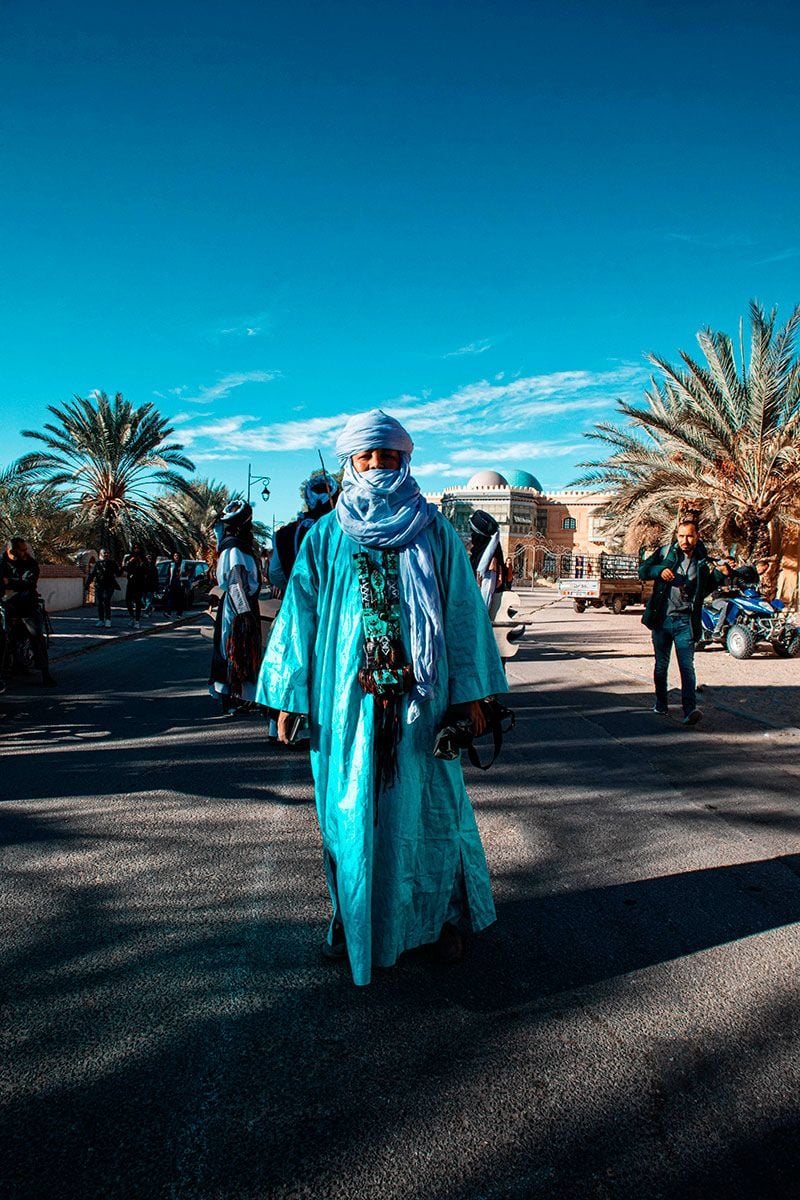
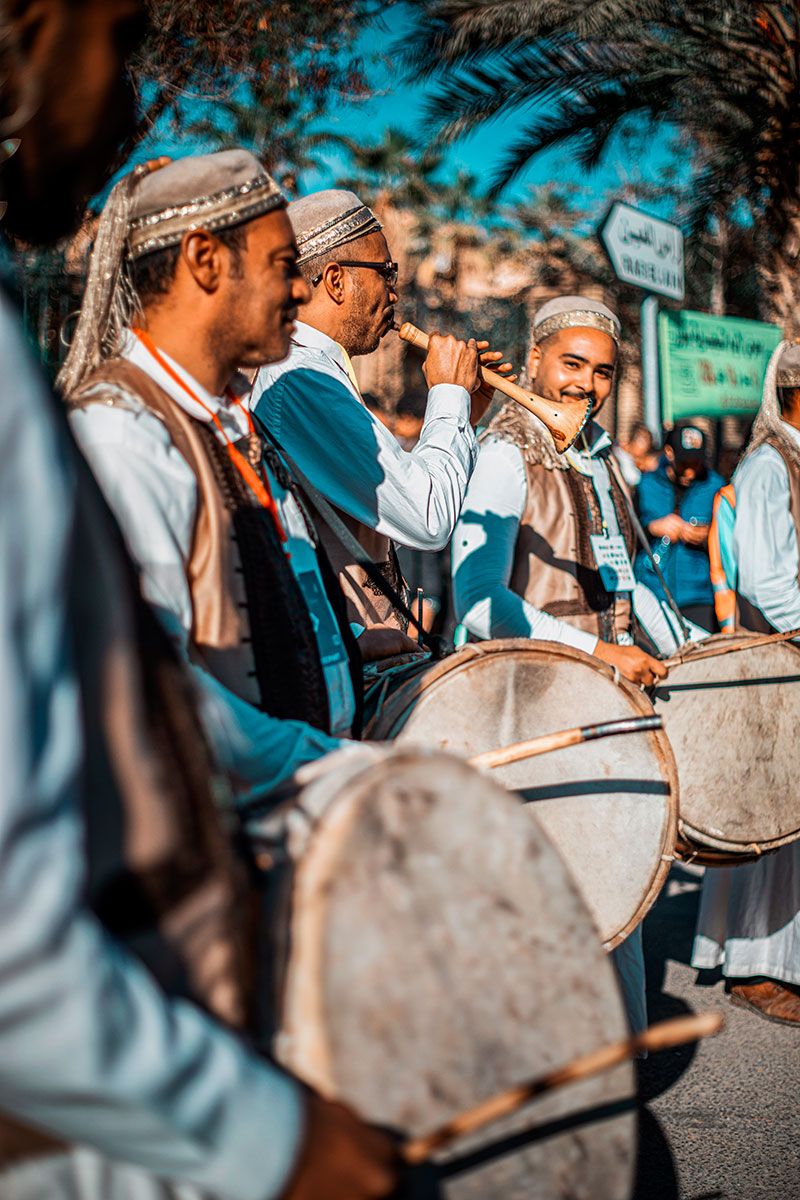
Kicking off the festival, “the big show” is a large, open-air theatrical experience featuring local actors, musicians, and other artists. The production, a festival hallmark, changes every year and is meant to bring the community together around the history and values of Tozeur. This year, the show honored the history of Tozeur as an urban settlement, dating back to the city of Thusorus during the era of Carthage (before 146 BCE), as well as the Indigenous Amazigh or Berber culture of the Maghreb (North Africa), which is closely associated with nomadic pastoral or herding lifeways and equestrian traditions. Thusorus was part of Roman Africa, when Christian churches were founded there, and later occupied by Arabs who conquered the area in 693 CE. As a citadel on the desert frontier of the medieval state of Ifriqiya, Tozeur was known as Biled al-Jerid, the land of palm fronds, and described as a thriving oasis community and market center. All these pieces of Tozeur’s heritage were celebrated in the pageant, which dramatized Tozeur’s peaceful welcoming of successive rulers and newcomers.
Led by the “Spirit of Tozeur,” also known as the majzoub (mad saint), the show took us on a ride through desert trading, joyful wedding celebrations, stambeli dancing, drumming processions, Roman invasion, the introduction of Catholicism, and exciting equestrian showmanship. It’s an annual tradition for many families, and visitors gathered around the venue to cheer, sing, and dance along with the performers. Of course, everyone wanted to take photos with the decorated horses and their riders afterward.
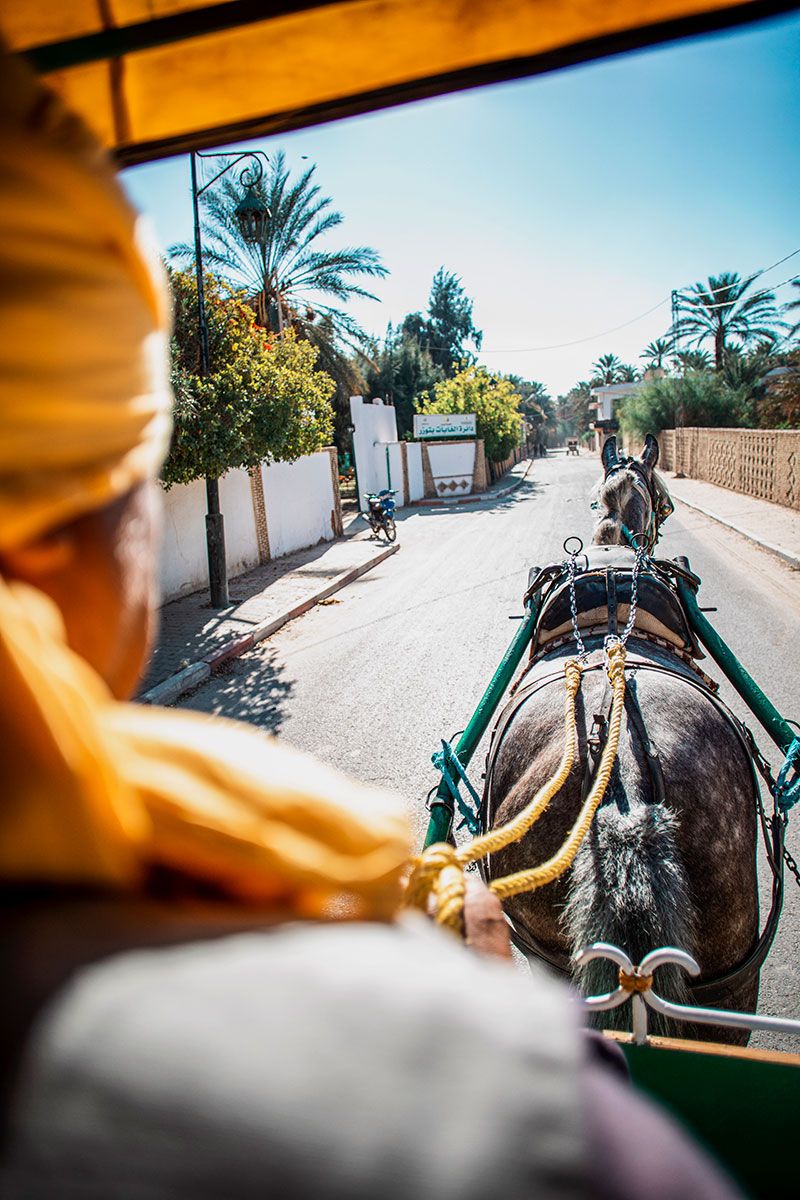
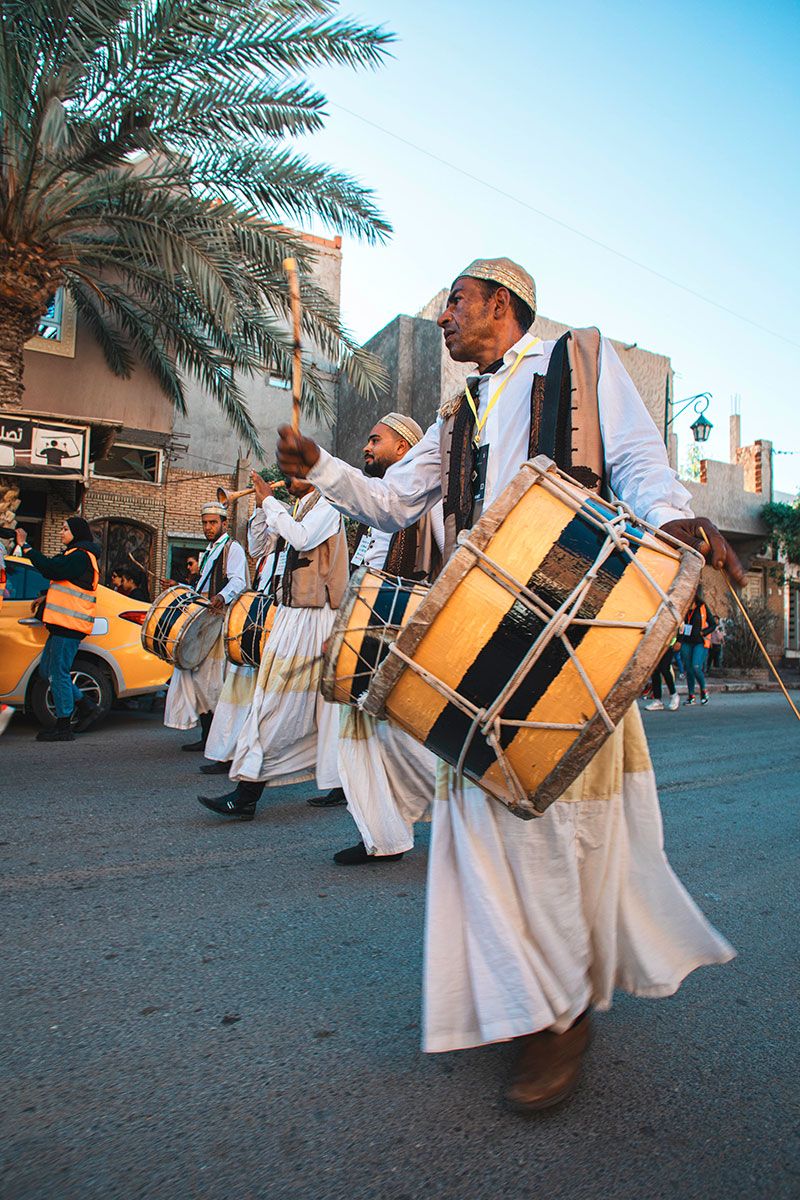
Over the course of the four days, we felt part of the welcoming and relaxed community of Tozeur. We participated in musical parades featuring groups from across Tunisia and performers from Algeria, Libya, and Iran. In a very organic way, people would join in the procession as the music continued to wind through the streets, often culminating in a dance and music circle at the end point. In the artisan marketplace and the souks, we found beautifully crafted palm furniture, intricately woven rugs and traditional clothing, and every kind of date product one could think of: date sugar, date coffee, date-based sweets, and, of course, mountains of freshly harvested dates. Each day was topped off with an evening concert, showcasing everything from traditional Sufi musicians to contemporary singers, and, on the last night, a hip-hop concert. Each night, we gathered in the municipal stadium with fans and visitors singing, dancing, and waving their phone flashlights in the air to the beat of the music.
Like the locals and other visitors, we enjoyed using all modes of transportation available: ATVs to go out to the desert, the caleches to tour around the palmeraies, lots of walking to enjoy the small streets, and the occasional car ride.
But as we traversed the city, it was clear that Tozeur is struggling economically. Since the Jasmine Revolution in 2011 that catalyzed the Arab Spring, and especially during the pandemic, the tourism industry in Tunisia has struggled. Places like Tozeur, which rely heavily on seasonal tourism, have taken a significant hit, and a number of big, modern hotels that opened in the 1990s and constitute the “tourist area” have permanently closed.
Transportation challenges also contribute to the economic issues of the region. Visitors from the north and the capital city of Tunis can make the seven-hour drive, which we did, or they can try to take one of the intermittent domestic flights to the Tozeur airport. There used to be direct flights from Paris, which helped boost tourism from Europe, but now international visitors must find other routes.
However, the people of Tozeur are hopeful that tourism will increase and the town will once again be a major destination for international travelers. The festival organizers are continuously working to improve the event and its offerings.
“The festival can work with the hotels, restaurants, travel agencies, tourism experience owners, and other partners to bring tourists to Tozeur and create opportunities for everyone,” Bouabidi said. “We want everyone to be involved and succeed.”
As the organizers start planning the 2023 edition, they’re taking a fresh approach to offer new activities for visitors and bring more people to the region, supported by an incredibly strong group of youth volunteers who are excited to return.
With new leadership, enthusiastic volunteers, and a collective desire to showcase all Tozeur has to offer, we’re looking forward to returning to the International Oasis Festival of Tozeur in style—possibly on a quad.
Sloane Keller and Rebecca Fenton work with the USAID Visit Tunisia Activity as part of the Center’s Cultural Heritage Tourism program. They attended the International Oasis Festival of Tozeur as part of USAID Visit Tunisia’s Smithsonian Folklife Festival Incubator, an intensive project funded by USAID to build capacity with six Tunisian cultural festivals.
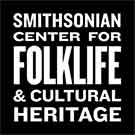
/https://tf-cmsv2-smithsonianmag-media.s3.amazonaws.com/filer_public/08/f8/08f88445-c4c0-41f1-bdd0-75d347d807e3/tozeur-8.jpg)
/https://tf-cmsv2-smithsonianmag-media.s3.amazonaws.com/filer_public/8f/0a/8f0a9ec2-6842-47c9-805e-e0bb8339e805/tozeur-10.jpg)
/https://tf-cmsv2-smithsonianmag-media.s3.amazonaws.com/filer_public/6b/f8/6bf8b23c-f63c-4414-b361-1384ffdbf982/tozeur-9.jpg)
/https://tf-cmsv2-smithsonianmag-media.s3.amazonaws.com/filer_public/f9/8a/f98af5f3-a381-49e1-8101-7676e0f0b80b/tozeur-5.jpg)
/https://tf-cmsv2-smithsonianmag-media.s3.amazonaws.com/filer_public/3f/84/3f84dc06-6e39-42fe-a47c-7a962c80896c/tozeur-6.jpg)
/https://tf-cmsv2-smithsonianmag-media.s3.amazonaws.com/filer_public/38/a1/38a1dc45-efad-4e58-a17a-0786ed2deda9/tozeur-7.jpg)